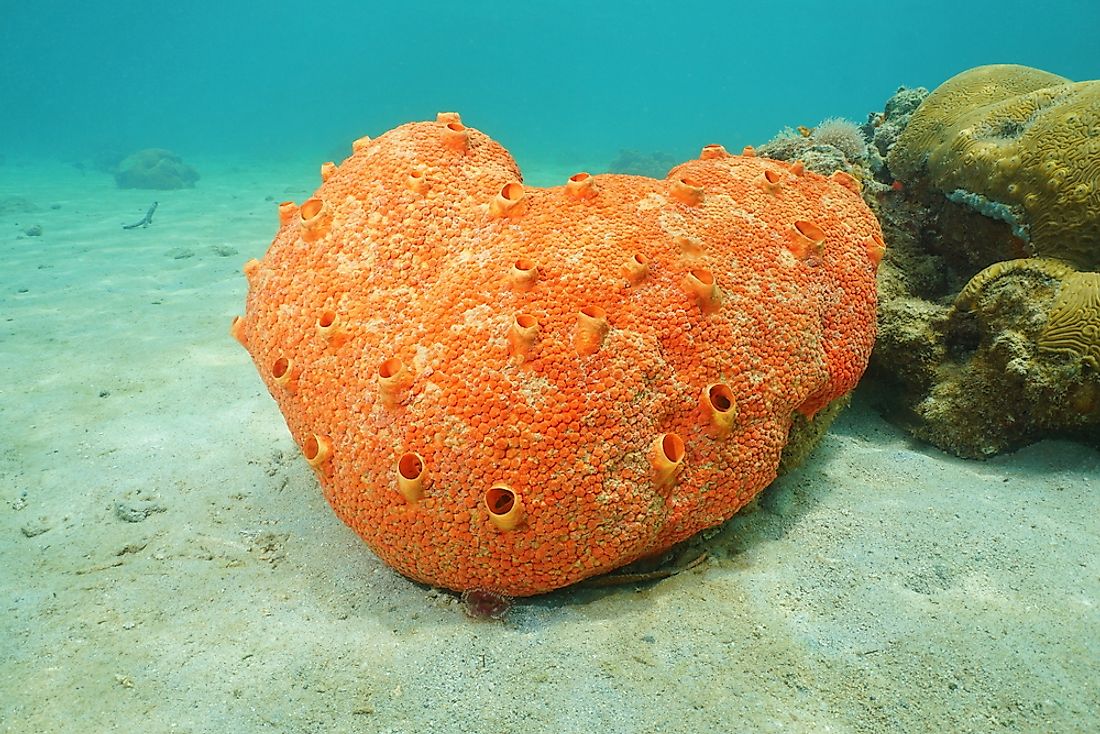What are Benthic Animals?

A Brief Overview
Benthic animals are the organisms who live at the lowest level of a body of water such as a lake or ocean. They are sometimes called benthos, and can even be permanently attached to the bottom of the water bodies. These animals have adapted to several niches and have incredibly different appearances and behavior, bringing a clear picture of the diversity of the marine life to the forefront. Some benthic animals are attached to stones or other organisms while others are buried in the sediment for their entire lives.
Feeding Habits Of Benthic Animals
Benthic animals have different food and feeding habits. Filter feeding involves the active or passive sieving of small organisms or food particles from the lake or the ocean. Other benthos are detritus feeders, that is they feed on the bottom sediments. Moreover, there are the scavengers who feed on the carrion, grazers who feed on kelp, and carnivores who feed on other animals. The feeding habits indicate the existence of a diversity of life at the bottom of water bodies.
Benthic Animals And The Ecosystem
Several benthic animal species are crucial to the aquatic ecosystem while others are harvested by humans for commercial use. Fish species such as the flatfishes, catfish, and haddock mainly feed on benthos. Most benthic animals filter the water, therefore cleaning it up. Other benthic animals such as the active diggers and detritus feeders also clean up the ocean by feeding on the dead organisms at the bottom of the water body. The movement of the bottom sediments triggered by these benthic species results in a rise of the oxygen content of water and hence the overall productivity of the ecosystem improves.
Examples Of Benthic Animals
Sponges
They are the most primitive category of benthic animals who are the least animal-like. They do not have the neural system, internal organs, or sensory organs. They are immobile and look like spongy balls or mats.
Bristle Worms
They are closely related to earthworms and are segmented. They all have bristles and appendages. They comprise of detritus feeders, filter feeders, carnivores, and scavengers.
Mollusks
They consist of gastropods, bivalves, and cephalopods.
Cnidarians
They have a simple structure and few internal organs, and their neural system is primitive. An example of these animals is the planktonic jellyfish.
Crustaceans
They live in all marine habitats, and they are similar to insects living on land. They are of various sizes, and the largest of them are lobsters and crabs.
Echinoderms
Few of them live in Icelandic waters, and they are large animals, hence mostly referred to as marine invertebrates. All of them have a similar internal structure.











